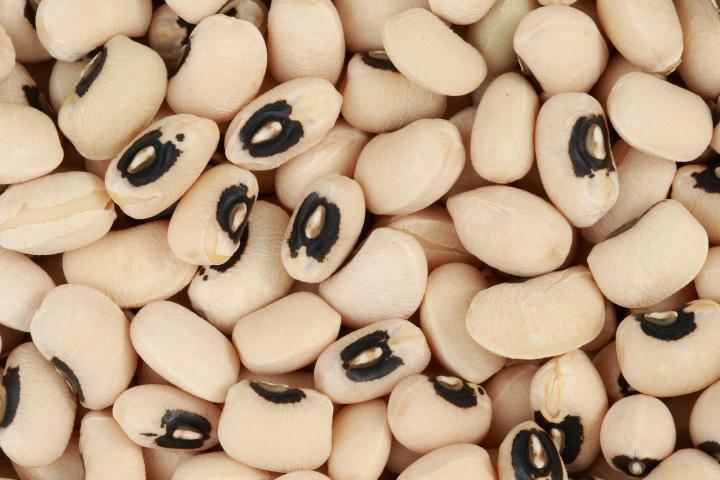Primary Image

Photo Credit
Sam Jones/Quinn Brein
Eat Hoppin' John for Good Luck in the New Year!
More Like This
Our traditional New Years meal was ham, sauerkraut and mashed potatoes. This meal was told to give you good luck in the coming year. I always assumed it was passed down from my great grandparents who were German immigrants. Hoping for a much better year in 2021, I think I will have a double helping on Jan 1.
Originally from Charleston,SC. I did get a different version, but similar in context.
What I grew up being told, was that the collard greens were for greenback money, the black eyed peas with rice were all about good luck, carrots cut into rounds, cooked with ginger were gold coins, & what ever the cut, the meat was pork. My Grandfather favored homemade pork sausage. Cornbread honored the gift of home, family & good health. Fig Pound Cake was usually dessert.
I think anyway it's told, it's still about starting the New Year in good spirits, looking foward with renewed hope & faith, not just for yourself, but for God's gift of this incredible Earth, humanity, & ALL of His creations!
We eat black eyed peas but it is Sunny Anderson’s recipe on food network Sunny’s money salad
Good recipe – but the part about the pork is incorrect. The reason usually put forward for eating pork on New Year’s Eve/Day has to do with the fact that pigs root forward, meaning that your life will move forward positively in the new year. The opposite is that you should never eat chicken, because they scratch backward, or lobster, because they swim backward, because your life will have setbacks throughout the year. Not sure why the author felt compelled to included slaves being provided cheap cuts of pork in the listing or why this fact is considered lucky on New Years Eve/Day.
It is always good to know history . slavery is a sad fact of ours.
I agree that it is imperative to know history but... Not everything in the US or even below the Mason-Dixon Line needs to be about slavery.
A great recipe--but I would effectively argue that this IS NOT the traditional Southern New Year's dish---that would be Hog Jowls, Blackeyed peas, Cornbread and Collards. All of the references to the meaning of the ingredients are consistent-with the notable exception of 'ham hocks' the jowls were the preferred meat--only my 2 cents worth
Born and raised in Florida and of Georgia parentage, I always heard it was hog jowls too; however, my mother modified it to diced ham in the rice/black-eyed peas/tomatoes mixture with collards as a side dish. In my adult years I added other vegetables to the mixture as well. Any way it is prepared supposedly it gives good luck for the year.
Yes, hog jowl, blackeye peas, collards, and cornbread are what I've always eaten on New Year's Day, as long as I can remember, and I'm a native southerner born in Kentucky and raised in Georgia.










Comments